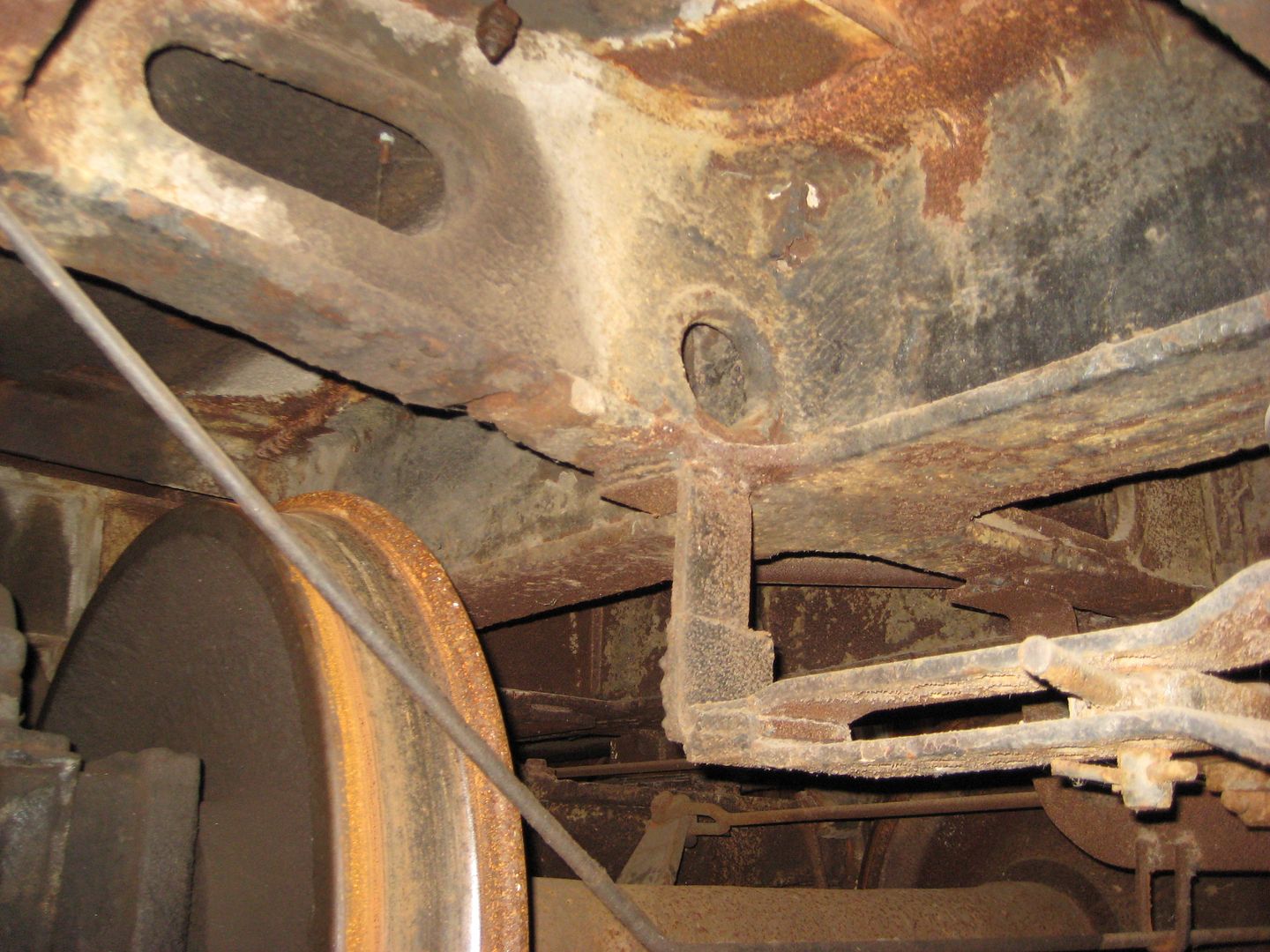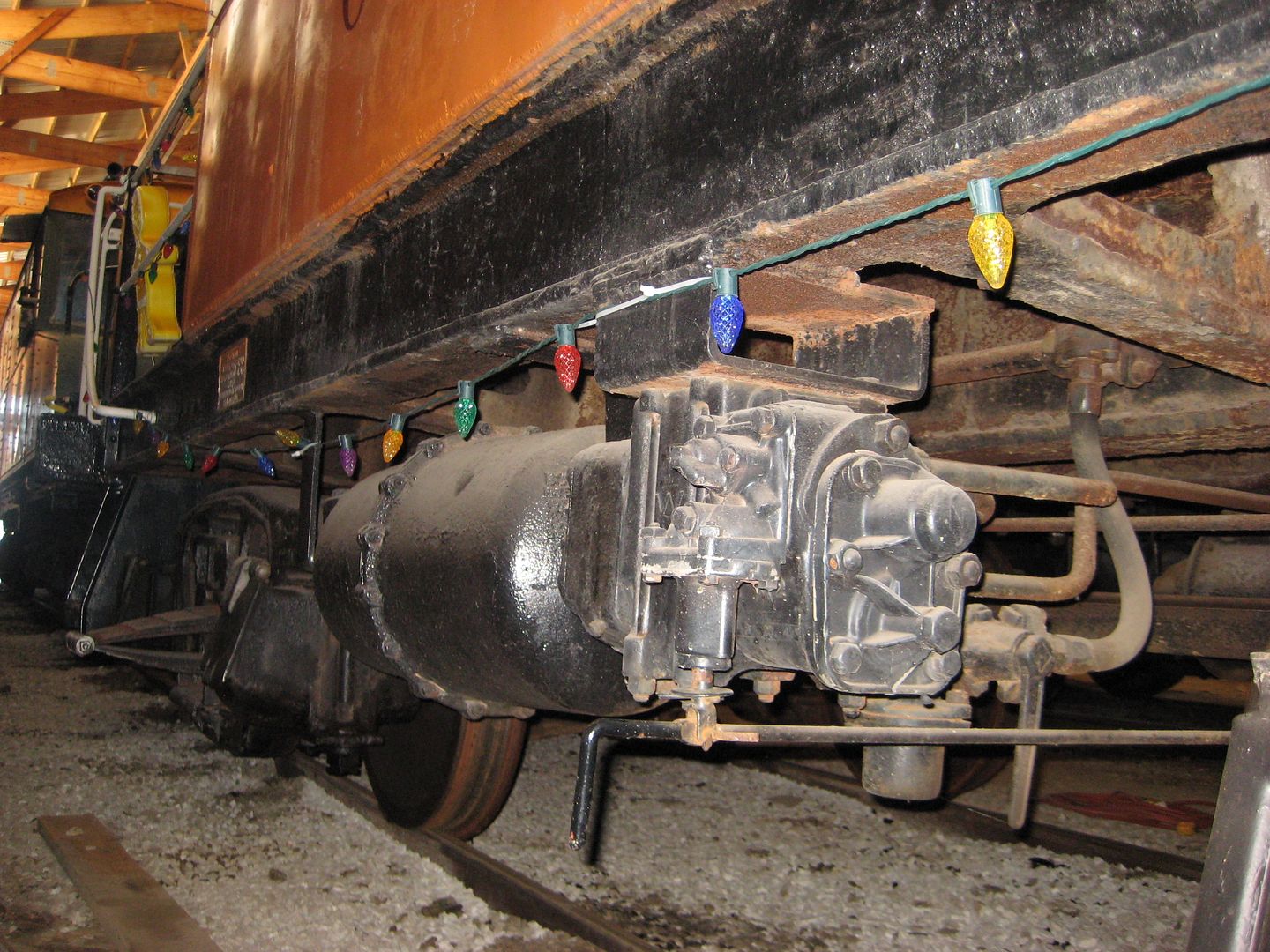Back with more, one thing about a rainy WI. spring, it extends my “model railroad season”.
Cab is painted with Floquil MILW. orange. I had to thin a lot, and I gave the cab 3 light coats.


Photobucket is down to a slow crawl today, this post is going to take a while! [:|]
Next I painted the roof, and started to work out the hand rails on the chassis.

"I know what your thinkin’ " [:-,] The roof looks strange, like it doesn’t overhang the sides, or even go to the sides?
ALL of the prototype photos I’ve found, that the way the roofs are on these cars. The drawing/floor plan I posted early shows how the wall sections were made in panels, steel plate, inside and out, with 3.5 “Z” shaped steel studs.
The roofs must have been made in the same fashion, at least, that’s the way it appears. My prototype has the same roof, with that 3" edge showing all the way around.
Next I installed the running boards.


Then I did the hand rails for the running boards.

Next I filed and sanded my solder joints, and put on the first coat of white paint, added the stove vent and the toilet vent, and glazing in the windows, which pretty much completes the cab, for now.


















